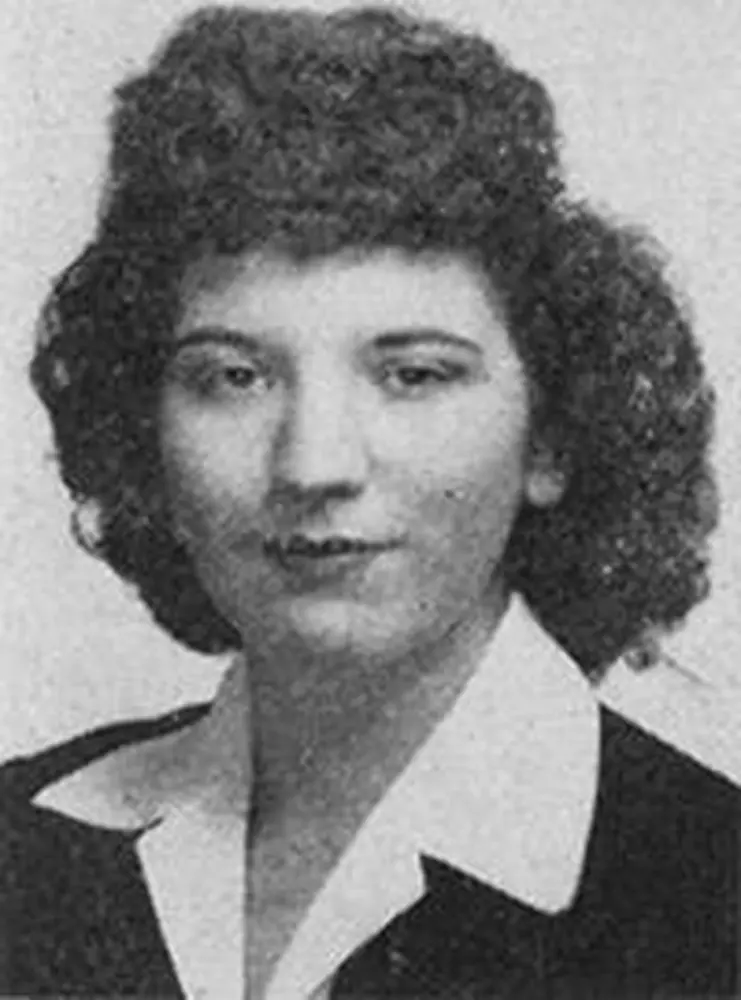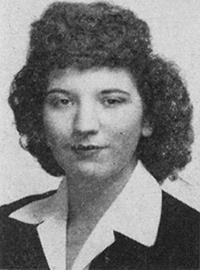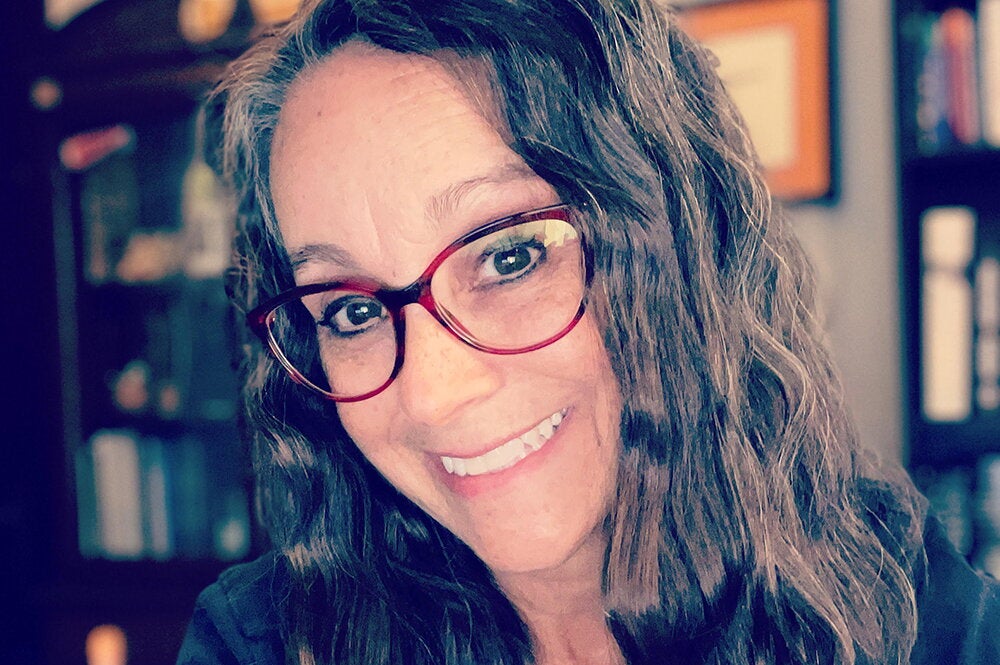

The period surrounding World War II was a unique one at the University of Illinois, and Gladys Dawson was in the perfect position to observe it. During the war there was such a dearth of men—save for the military training programs—that they jokingly called it a “girl’s school,” but in the aftermath men flooded to campus in such numbers that the University could hardly handle them all.
The flux coincided with Dawson’s academic career, as she earned her bachelor’s degree in chemistry in 1946, when female graduates in her department outnumbered men by a 3-to-1 ratio, and returned to earn her doctoral degree in 1951, when turnabout occurred and women in her program were then vastly outnumbered.
It’s been too long to recall specifics, but Dawson’s little chuckle says it all when she’s asked how many other female chemistry students she studied with in the 1950s.
“The number of female PhDs was small,” she says, from her home in Michigan. “A very small number.”
She doesn’t dwell on the question. Dawson (maiden name Quinty) may have been one of the earlier women to earn a doctoral degree in the U of I’s renowned chemistry program, but that fact had no bearing on the principles of inorganic chemistry and rare earths that she studied, nor did it blunt her ambition. Dawson retired in 1984 as a respected professor of chemistry at Michigan Technological University.
Her memories give insight into student life during this interesting era. Dawson arrived on campus from New Jersey in the early 1940s, and she was struck by all the military personnel she saw as the U of I hosted various training programs. Some of the chemistry professors, she recalled, were working on projects related to the war.
During her junior year, as the war was nearing its end, Dawson’s father died, leaving her and her brother at Purdue University without either of their parents, as their mother had died when they were young.
“I saw a different kind of life when you don’t have family involved,” Dawson recalls. “I think my brother and I were the only two in the family who ever finished college. My uncles took over my dad’s business, so they tried to help financially based on what business was doing, and we depended on little bits and pieces that were left behind.”
Upon graduation, Dawson returned to New Jersey to work on insulin at Squibb Corporation for a short time, before she attended an American Chemical Society meeting where the U of I’s Department of Chemistry was recruiting graduate students to work as instructors to deal with the flood of new students under the G.I. Bill. Sensing opportunity, she came back to Urbana-Champaign in 1948 to enroll in the doctoral program.
Campus was a different world compared to her undergraduate experience, but Dawson settled in through hard work and camaraderie. Her advisor was Therald Moeller, a well-known inorganic chemist who specialized in the rare earths.

“We were expected to be in the lab on the weekends, and the research professor would often drop in and see that you were in the lab,” Dawson recalls. “But it was a real camaraderie. Moeller and all his students had tickets to the football games on the weekend, and we all got tickets in a block, so we went to the games together. So there was a social interaction there.”
After earning her graduate degree, Dawson got a job at Battelle Memorial Institute, where she worked on early stages of Xerox technology, and then taught at Penn State University while her husband, Don, finished graduate school. They were both hired by DuPont, where she worked in a research department as a liaison between chemists and attorneys preparing patent applications.
“I think a lot of the experience in chemistry at Illinois was definitely an asset for what I was doing [at DuPont] because the patent attorneys didn’t have all the background knowledge,” she says. “I offered some, so that was a pretty good asset. Looking ahead to what you can do with [an LAS] degree, it opens a lot of avenues.”
Before long they moved to Michigan to finish her career in the Department of Chemistry at Michigan Tech. She taught for almost 20 years. Almost 30 years after her retirement, in 2011, she got a phone call informing her of one of her greater achievements, and at first she didn’t even remember it.
The story reaches back to the late 1960s, when a young man named Chang Park arrived at Michigan Tech from South Korea with little more than $200 his mother had sewn into his underwear. He took a semester of freshman chemistry under one of the department’s best-known professors, but, due to language differences, he did not pass, and he was suddenly faced with the prospect of returning home a failure.
So he took the course a second time with a new professor, and this time everything made sense. The professor made everything “so interesting and easy,” Park would later recall, as he earned an ‘A’ and went on to earn his degree. Years later, he would become chairman of Universal Remote Control.
Before delivering the commencement address at Michigan Tech in 2011, Park told the president of the university that his second chemistry professor had saved his life. Her name, of course, was Gladys Dawson.


